BAGHDAD - Chemistry between tank commander and tank gunner is perhaps one of the most crucial dynamic in conventional land warfare.
As the Iraqi Army works to develop its ground force capabilities, it has invested a significant amount of time in the development of communication and cohesion between its TCs and gunners.
One manner in which the Iraqi Army is developing this cohesion is through the use of an Advanced Gunnery Training System for M1A1 Abrams tankers. This system allows tankers to engage the enemy on a daily basis through simulated scenarios at the Besmaya Combat Training Center.
The AGTS is a large-scale apparatus that puts crew members through computer-generated action scenarios.
Iraqi Army cadres and students shoot from stationary and moving positions, while engaging both stationary and moving targets on the AGTS. They run through a number of scenarios and environmental conditions, including urban, desert and woodland. The target arrays offered in these scenarios includes small arms, troops in the open, helicopters, vehicles and tanks.
When M1A1 Familiarization Course students arrive, they are brought into the AGTS for familiar with all of the equipment inside the M1A1 tank, how to manipulate it, and how to acquire and engage targets, said Iraqi Army Warrant Officer Ali Khudayer Jouda, a member of the West Wing Baghdad Armor School cadre.
"After we are sure they are doing a good job on the AGTS, then we take them to work on the actual tank on the range," Ali Khudayer said.
AGTS is not simply for basic skills. The Iraqi Army cadre use it to sustain proficiency and further develop as tankers.
"We need to sustain information and improve on our experience," said Ali Khudayer, who has 21 years of experience as a tanker. "This tank (M1A1) is like a wide sea; no matter how much time you've spent on this tank, you still haven't learned everything about it. You keep learning day by day."
The M1A1 is an advanced, western weapons system, Ali Khudayer said.
"We have to learn as much as we can, so we can go in the right direction, while we improve ourselves," he said.
AGTS is also used by tankers as a tool to prepare crews for gunnery qualification.
Gunnery is known as the "Super Bowl for tankers," said Sgt. 1st Class Bruce Wallace, M1A1 tank combat advisor with Headquarters and Headquarters Troop, 3rd Squadron, 3rd Armored Cavalry Regiment.
"When gunnery gets closer, tankers know that every single moment you spend in the AGTS, you're making money," said Wallace, a native of Lodge Grass, Mont. "You are developing more skills; you're getting better."
AGTS improves the skills and coordination between the TC and gunner, Ali Khudayer said. No one can work alone; everyone should work as one team inside the tank.
"The essence of the work in an M1A1 tank should come from the coordination between the TC and the gunner, that's why the main concentration in the simulator is on these two guys," Khudayer said.
Chemistry that has to be developed includes differences in switchology - controls manipulation, and the speed in fire commands, Wallace said.
"Some TCs can spit out their fire commands like nothing," Wallace said. "Other TCs are used to taking their time - they're just calmer than others. Some get a little excited."
The TC and gunner are the most crucial part of the crew, because command and control comes from the tank commander, Wallace said. Target acquisition and fire commands are factors.
"The loader and driver have lesser responsibilities when it comes to actually engaging the target, being in sync and being part of the fire command," Wallace said. "Yet, they are just as important, because once you get on a range it takes all four [crewmen] to become the most lethal in order to put steel on target."
AGTS has worked, because once the TC and gunner finish shooting they conduct chair drills to sustain their training with the rest of their crew, Wallace said. They have to build that chemistry within the AGTS first, before they're able to train the whole crew.
The U.S. Army tries to keep a TC and a gunner together as much as they can to keep that chemistry going, he said.
Roughly 20 percent of training for the Iraqi Army Soldiers in the M1A1 program has been on the conducted on the AGTS, according to unofficial estimates.
However, U.S. Army tankers spend a great deal more than 20 percent of their training time in an AGTS, Wallace said.
"As a TC-gunner combination, we spend a lot more than 20 percent, because the AGTS is really your only realistic training tool," Wallace said. "We spend a lot of time in AGTS, just because of how it benefits us for [enhancing] TC-gunner chemistry."
The Government of Iraq plans to put more emphasis on AGTS training for its Army.
Recently GoI purchased an AGTS through a foreign military sales agreement. The system is on-site at the BCTC and is being prepared for use by the Iraqi Army for M1A1 training in the near future.
"For sure this AGTS purchase will help our country," said Iraqi Army Warrant Officer Ali Khudayer Jouda, a member of the West Wing Baghdad Armor School cadre. "It's an advanced training method that we will be using to improve our skills.
The AGTS will help protect our people and improve the situation in all of Iraq, Ali Khudayer said.
We plan to have at least three more AGTS systems, said Iraqi Army Lt. Col. Abdul Jabbar Raheem Diwan, the Iraqi Army senior M1A1 cadre officer and commander of the West Wing Baghdad Armor School.
"As long as the Iraqis are trained in every aspect to run and maintain the AGTS, it will be a good system for them to sustain their gunnery skills," Wallace said.
Editor's note: Menegay is a member of the Ohio Army National Guard's 196th Mobile Public Affairs Detachment attached to the U.S. Forces-Iraq Deputy Commanding General for Advising and Training Public Affairs Office.
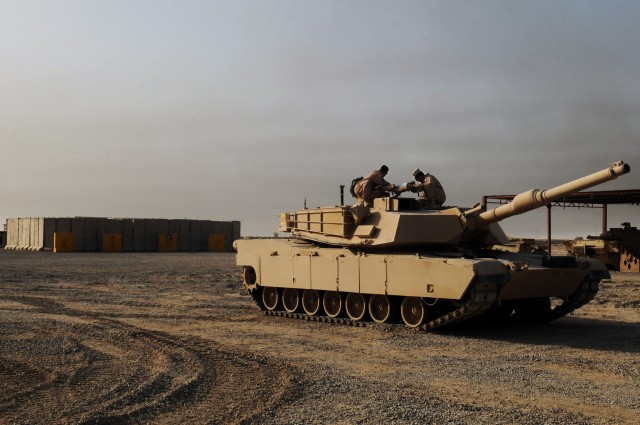
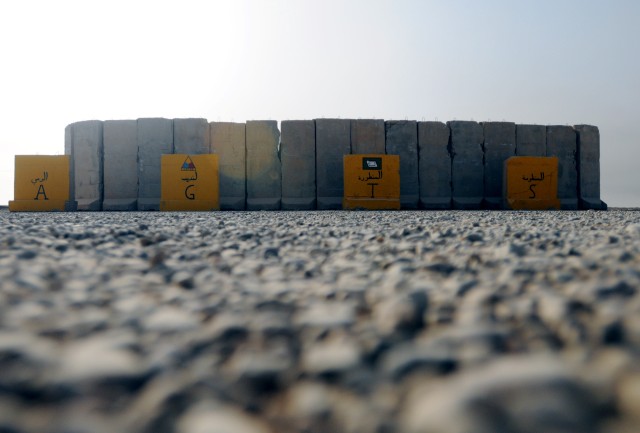
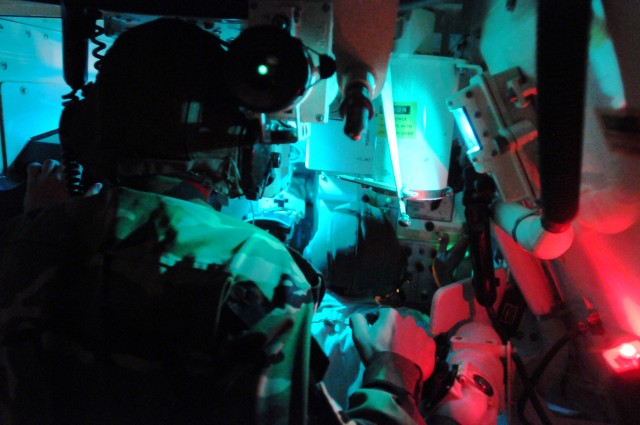
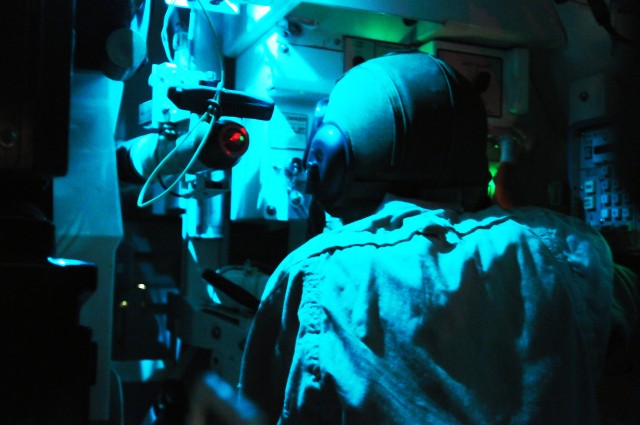
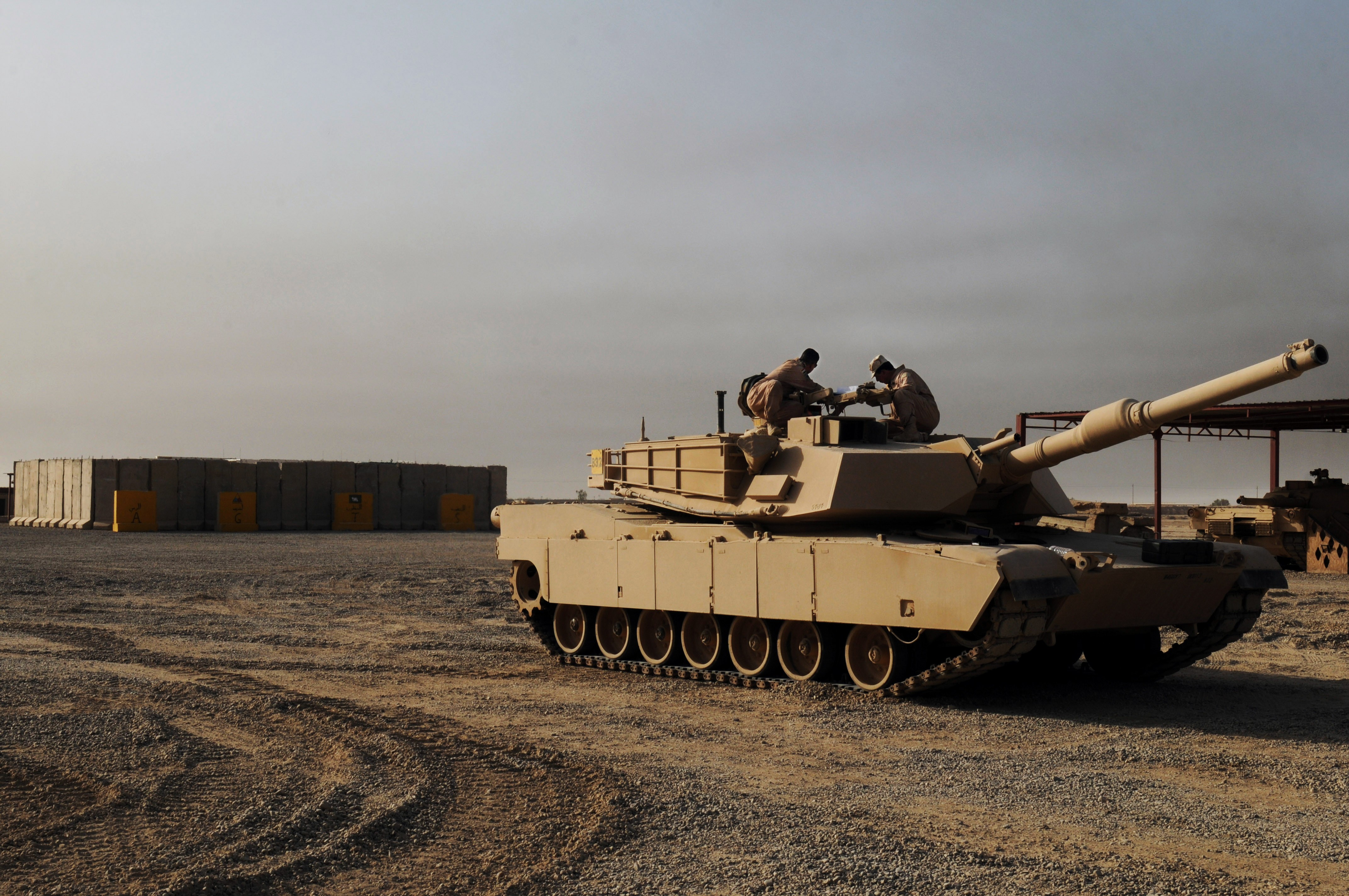
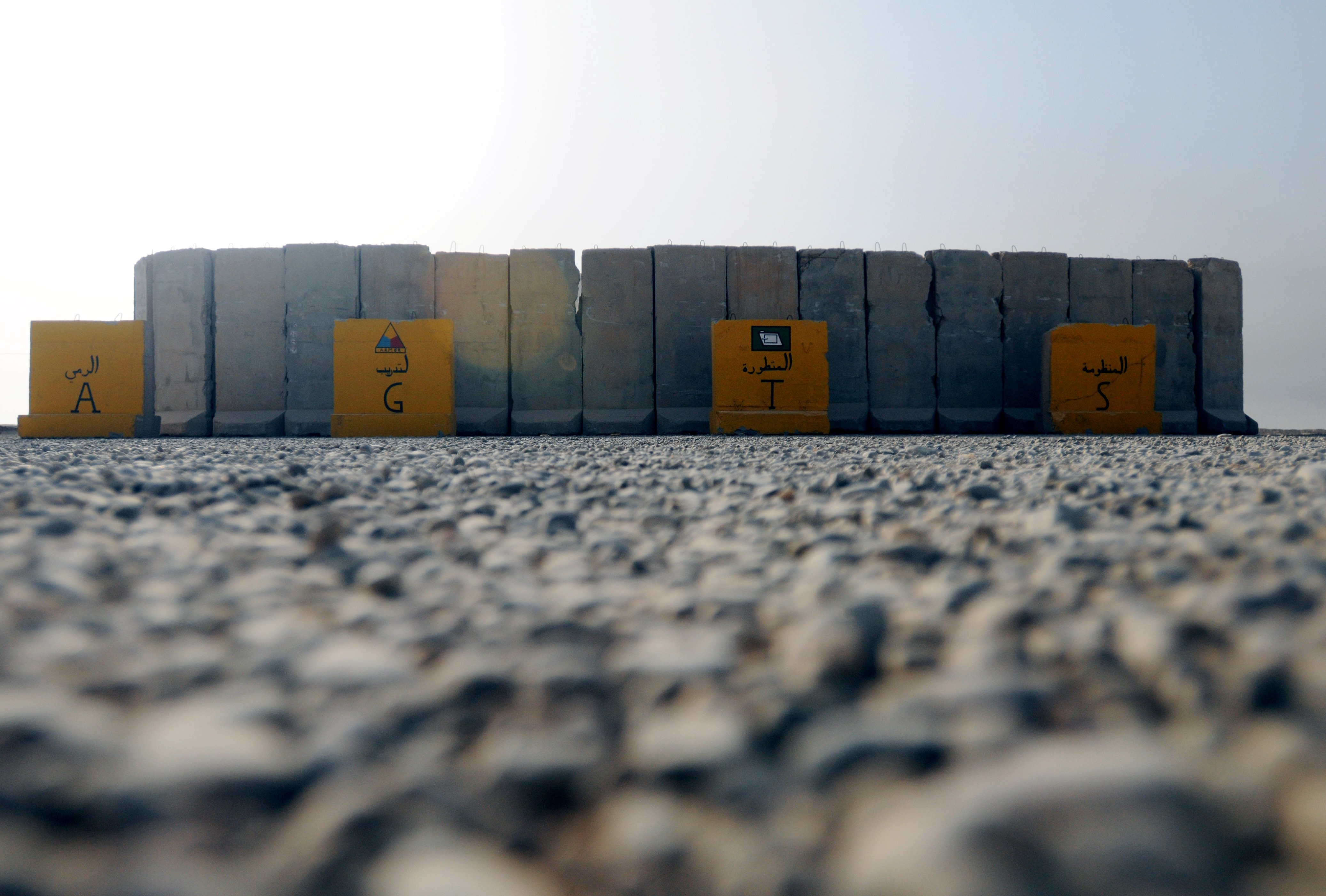
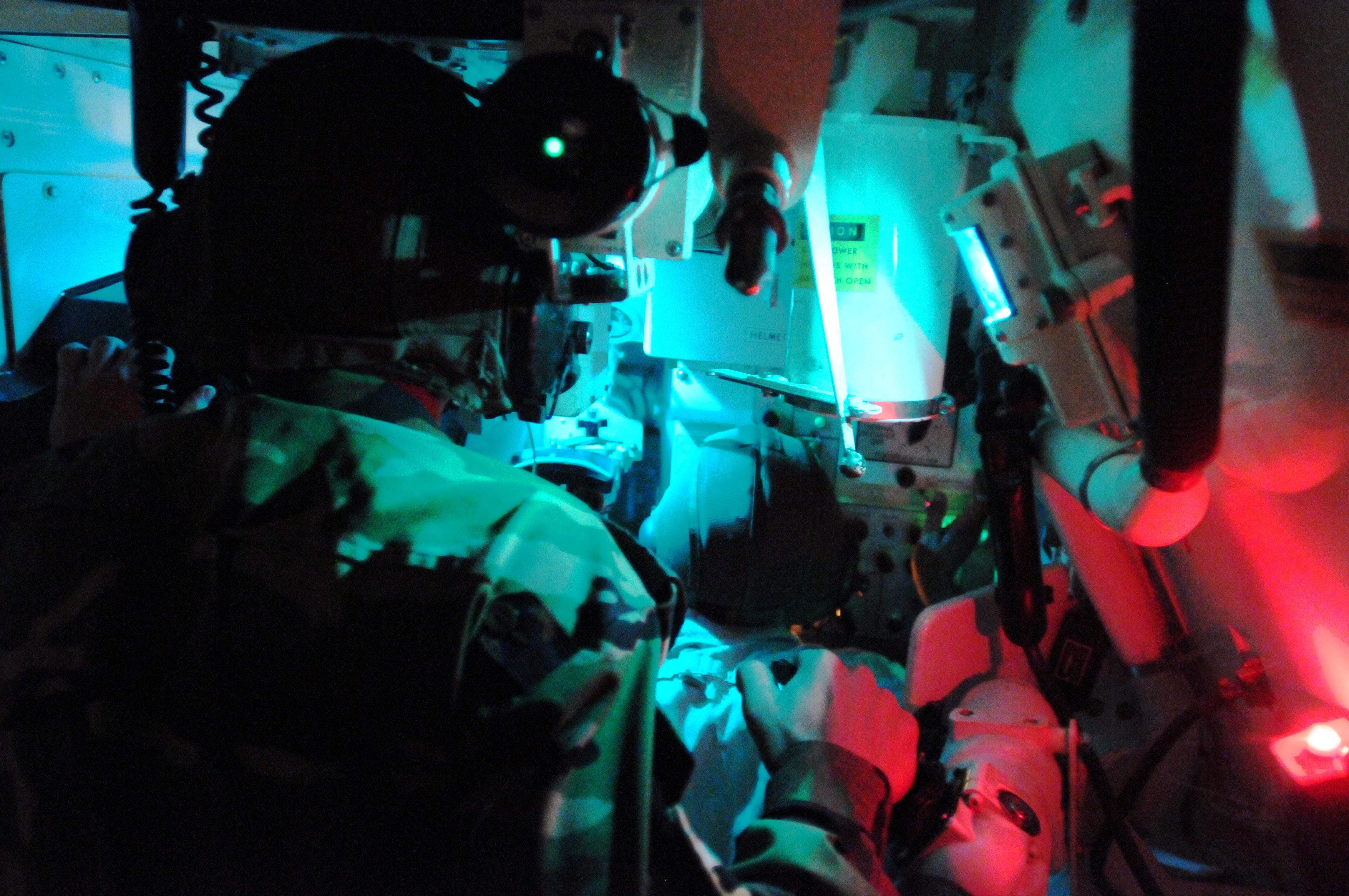
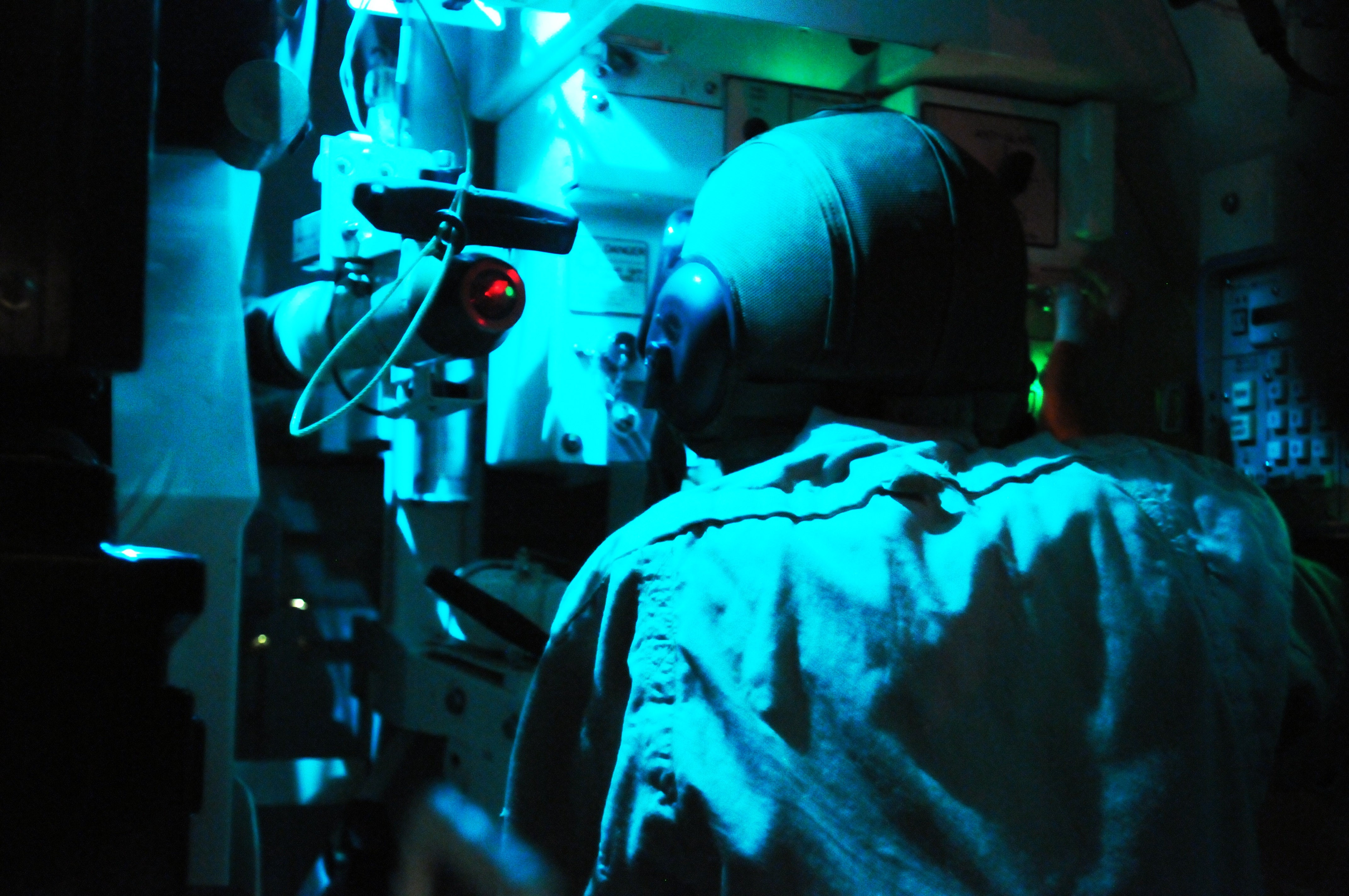
Social Sharing